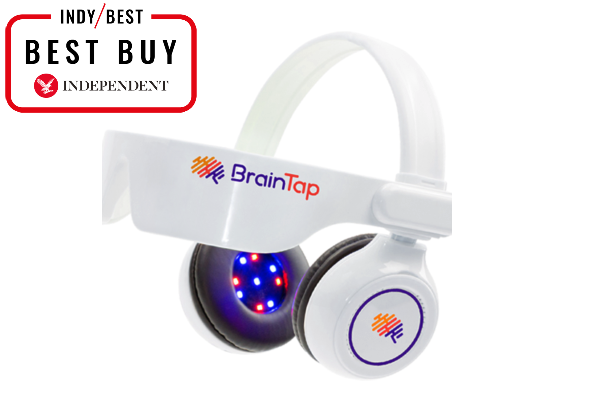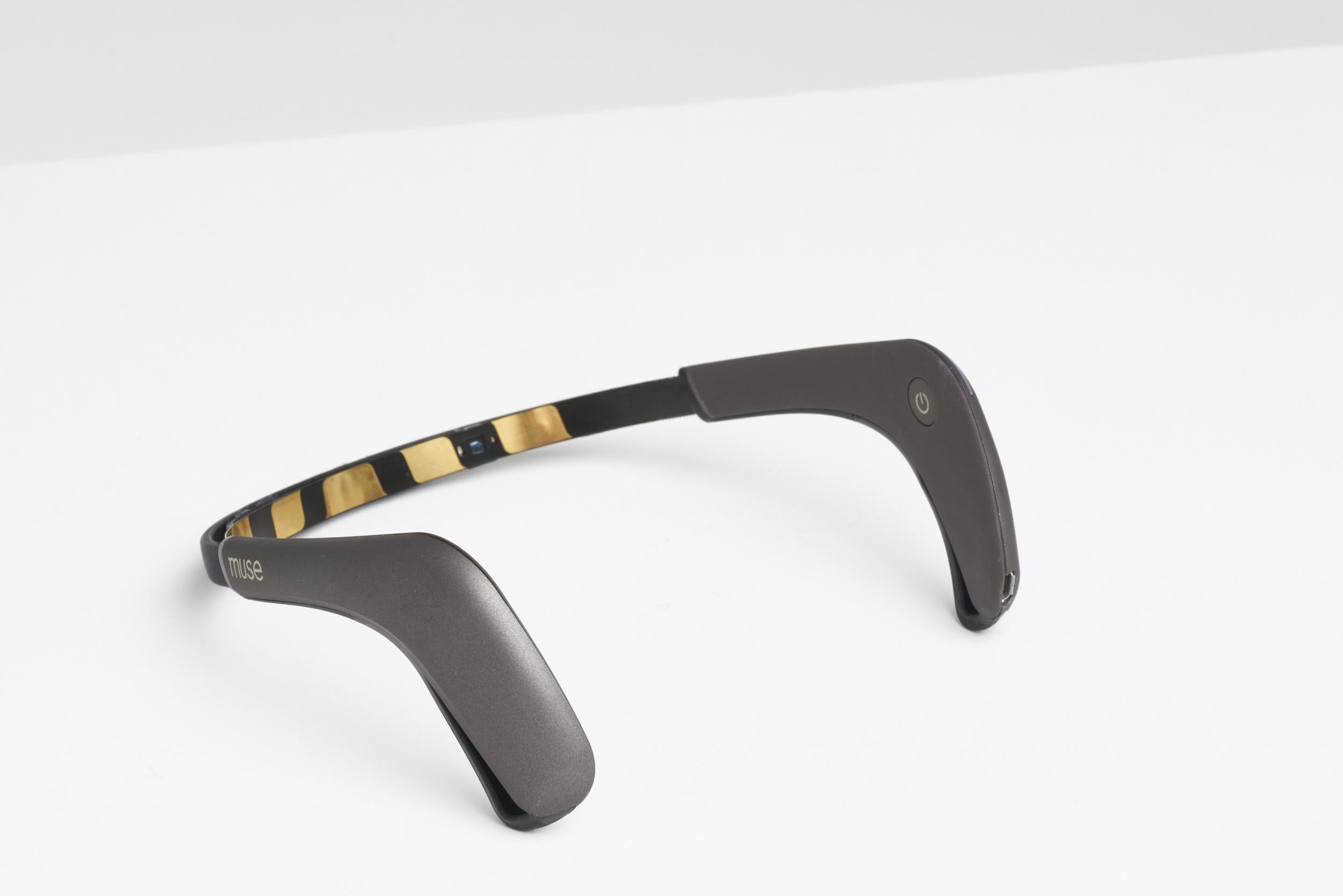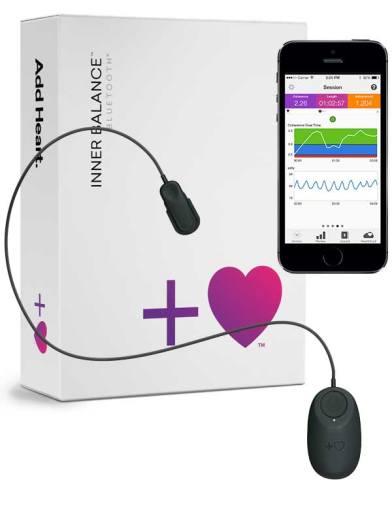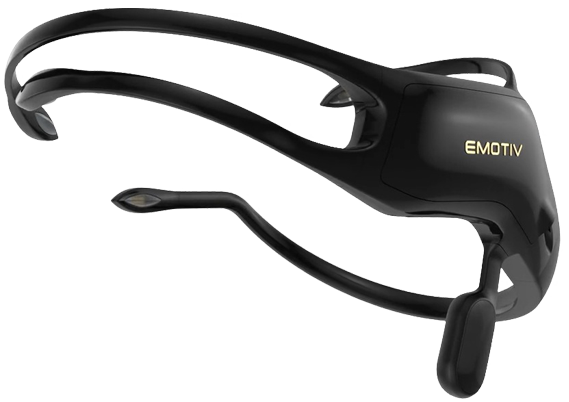The Independent's journalism is supported by our readers. When you purchase through links on our site, we may earn commission. Why trust us?
4 best at-home meditation devices
From tracking your brainwaves to deepening your practice, these devices are the next generation of mindfulness

Your support helps us to tell the story
From reproductive rights to climate change to Big Tech, The Independent is on the ground when the story is developing. Whether it's investigating the financials of Elon Musk's pro-Trump PAC or producing our latest documentary, 'The A Word', which shines a light on the American women fighting for reproductive rights, we know how important it is to parse out the facts from the messaging.
At such a critical moment in US history, we need reporters on the ground. Your donation allows us to keep sending journalists to speak to both sides of the story.
The Independent is trusted by Americans across the entire political spectrum. And unlike many other quality news outlets, we choose not to lock Americans out of our reporting and analysis with paywalls. We believe quality journalism should be available to everyone, paid for by those who can afford it.
Your support makes all the difference.Backed by numerous research studies, meditation is the neuroscientific community’s proven way of upgrading the human brain. It’s the number one brain changer. It can rewire your brain for the better, relax your body and create a sense of calm. What’s more, you can train your mind the way you never thought was possible.
In our western world, however, this thousands-of-years-old practice is often looked at as difficult, and a lot of people quit shortly after giving it a try. Have you ever sat down, thinking you were going to meditate and an entire list of things started flowing through your mind? That was us. Until someone told us it was normal. Then with time and practice, we learned how to quiet our mind and focus our attention on other things such as our breathing.
We started with guided meditations, YouTube videos and apps, until we discovered there are high-tech devices that can not only enhance meditation, but provide neurofeedback, offering you insight into your brain. How cool is that?!
We tested a few of these meditation gadgets to see how they affect our mindfulness practice.

BrainTap is a combination of an app and a headset, and it’s the headset that sets this device apart from anything else you may have tried. There are six guided mediation programs with 20 to 30 sessions in each to help with weight-loss, stress, better sleep, overall well-being and learning for children. They guide you to not only understanding your body and mind better, but to visualize that you can become better and healthier every day as you reach your goals.
Besides the guidance, there’re a few more elements that make your meditation more effective. It uses binaural beats, which is when two different tones, separated in frequency by only a few Hertz, are introduced in each ear. The brain then perceives a third, unique tone. Binaural beats work by creating this phantom frequency, which the brain then mimics. For example, if they play a 220 Hz carrier tone into the left ear and a 226.5 Hz carrier tone into the right ear, your brain perceives the difference between the two, which is a subtle beat frequency of 6.5 Hz, the same frequency associated with deep, meditative states. Your brain naturally follows this frequency, and you experience this deeply relaxed state.
As soon as we put the headset on and turned on a session, we fell into a calm state of mind. Binaural beats are a scientifically proven way of deepening a mindfulness practice.
BrainTap also delivers gentle light pulses that travel through the retina and ear meridians, sending direct signals to the brain and guiding you into unparalleled brain states. Pulsing light, in the correct pattern and intensity, can produce levels of deep relaxation known to affect serotonin and endorphin levels, which are both happy hormones. Those diagnosed with epilepsy or for whom lights might trigger seizers should not fold down the eye sensor piece.
The headset with each bundle is a bit pricey, but you can start with only the app and when you’re ready to dive deeper and take your experience to the next level, then we definitely recommend investing in the headset.

When tracking brainwaves, the first thing that might come to mind is wires around one’s head in a lab. With Muse’s headband, you can do it at home, without the wires and the men in the white robes. Tracking your brainwaves helps you understand what a calm state feels like and gives you an insight into whether you’re doing it right, which can become a great motivator to continue your practice.
Muse uses EEG, Electro-encephalography, (say that three times fast…) technology that translates your mental activity into guiding sounds of nature and weather such as rain or ocean waves — busy mind would generate stormy weather, a calm mind would quiet the rain. What Muse provides is called neurofeedback, using real-time displays of brain activity in an attempt to teach self-regulation of brain function.
Neurofeedback is a powerful tool for learning how to take control of your mind and emotions. We played around with it, and it was very interesting to see how the weather changed when we started wondering and worrying about something as opposed to when we focused on our breath and calmed our mind. We also started to become more aware of the subtle sensations that happen to our body and mind when we focus on meditating deeply.
As you use it more, Muse gives you points, goals, challenges and bonuses to strive for, so you can track your progress.
Besides meditations that focus on the mind, Muse’s also added heart, body and breath meditations, so you can learn different ways to create coherence in your body.
The headband is an easy-to-use device, but it’s very sensitive to motion. The sensors built in can lose connection if you’re moving around, if it’s not tight on your forehead, or if your skin is too dry. They recommend tapping your finger into water and introducing some moisture to the sensors. When you use it make sure to find a comfortable seat for the duration you choose to meditate for, whether it’s five, 10, 15 minutes or more.
Inner Balance, $159 (Bluetooth sensor for iOS and Android), $129 (wired sensor for iPhone/iPad Only)

Meditating with Inner Balance gives you the chance to learn how to put yourself in a happier state of mind — and who wouldn’t want that?! This device clips on your earlobe and reads your heart rate variability (HRV), which you can follow on the app. HRV is known today as the new way of understanding our state of stress and how emotional states are affecting our nervous system. HRV is the variety of duration of time in between each heartbeat. The higher that variety is, the better. A higher HRV corresponds with higher coherence, meaning your body can adapt to different stressors around it more effectively without getting overwhelmed.
Inner Balance helps you reach that higher coherent state, by giving you real-time feedback of your HRV. It shows how much time you spend in low, medium or high coherence and also shows a graph of your HRV, so you can see how a high-coherent state looks like. It also rewards you points, and you can track your progress over time.
As simple of a gadget it might look like, the technology behind it is proven by science. It was an interesting journey to understanding this one. We didn’t find the guided meditations on the app outstanding, so we only used them at the beginning until we got a feel for what we needed to focus on. Turns out, the best way to increase coherence, is to focus on your breath, start to think about something or someone you’re grateful for and tune into what you appreciate in your life. Science has found that grateful people were happier, and that gratitude had physiological benefits, and with Inner Balance you can track and train at home.

Emotiv looks a bit more science-y, and you might feel like a character out of a sci-fi movie when you’re wearing it, but it seems to provide a more accurate brain reading as well. Instead of just measuring data from the frontal cortex, the region where most of your conscious thoughts and decisions are made, its sensors track your brain all around, including the visual cortex at the rear, temporal cortex at the sides, parietal cortex behind the crown of your head and the limbic system deep inside the brain. It uses dry gel EEG technology to detect voltage changes in your brain.
Having data from all of these different areas of your brain allows the device to measure six different cognitive states in real time – excitement, interest, stress, engagement and boredom, attention, and meditation. You can wear it all day and see how your brain changes in each emotional state.
Through the app you also get a real-time 3D view of your brain’s activity. It’s really neat seeing how certain areas of your brain light up and activate. It comes in black and white colors.
Verdict: Best at-home meditation devices
Getting information about how your emotions and thoughts change the activity of the brain is fascinating, and it’s exciting to see this technology transitioning from a clinical lab into our home. The importance of meditation is becoming more and more recognized in our culture, and finally, there are ways for anyone to track their progress and be more aware of the state of their nervous system. Not to mention, in our digitally-driven lives, it was only a matter of time till technology was used to enhance and track our meditation practice. We found BrainTap to be a great combination of guided visualizations along with light and sound therapy that’s very easy to use. There’re more than 400 sessions that keep being updated, so there’s always something new to learn. The headset bundle is among the more expensive ones, though.
The Inner Balance is more affordable, but its guided meditations weren’t the best. The HRV tracking technology, however, is a good start for anyone to get acquainted with how coherence affects their life.
Muse and Emotive Insight both track brainwaves, and each has its different benefits. Muse might only track brain activity in two areas of the brain, with the weather sounds, it gives guidance help you make subtle changes throughout your practice. Emotive on the other hand, feels more secure on the head and is less likely to slide around and lose connection easily. While you’d only wear Muse for the duration of your meditation, Emotive can be worn all day, so you can track how your brain responds to certain tasks and emotions throughout the day. And, based on that you can start making changes in your life.